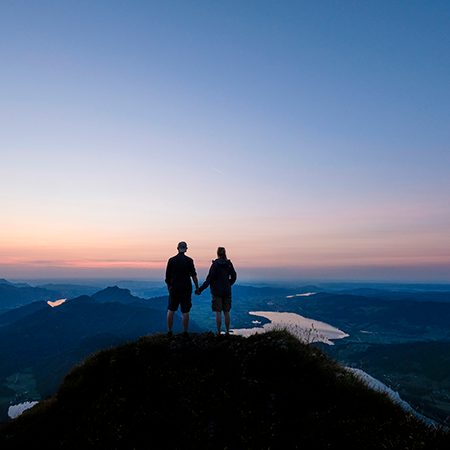Best places to go stargazing in Asia
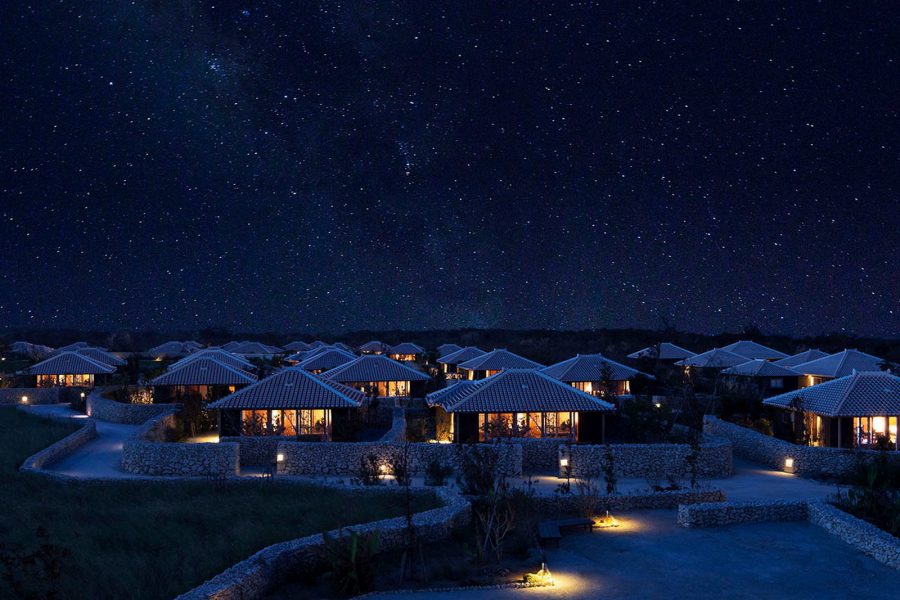
Prospects for stargazing in Asia have been traditionally dim, with its 24/7 neon-lit cities and air pollution. About five thousand stars are visible to the naked eye every night, and on average 16 meteors are visible every hour. Yet in much of the world, you’re lucky if you can spot the Milky Way.
Move beyond Asia’s major urban areas, however, and an expanding universe of astrotourism opportunities presents itself. In the past five years, the continent got its first official dark sky reserves in Japan and South Korea. And hotels in farflung beach and mountain destinations are taking advantage of their dazzling night skies by opening observatories and hiring resident astronomers.

Credit: Amantaka resort in Laos
Beyond the thrill of identifying a constellation or using professional-grade telescopes, stargazers can experience full moon meditation sessions, stargazing hikes, Buddhist astrology readings and other offerings that tap into the enduring significance of the celestial in many Asian cultures.
To mark the 50th anniversary of the Apollo moon landing on 20 July 2019, why not capture a bit of that thrill of discovery by venturing to the best places for stargazing in Asia.
Baa Atoll, Maldives
Stargazing in Asia doesn’t get much better than when combined with the crystal clear waters, coral beaches and luxury resorts have long lured travellers to the Maldives. Lately, stargazing has become an added draw as awareness spreads of the lack of artificial light and air pollution – plus the frequent green flash phenomena seen during its brilliant pink-hued sunsets. The equatorial latitude means that the sun and moon rise vertically, with the ‘horns’ of a crescent moon facing upwards, creating a floating bowl effect. Stargazers regularly report naked-eye sightings of the Southern Cross, Rigel and Betelgeuse (red and blue supergiants), while the Andromeda galaxy, the southern Pleiades and the colourful NGC 4755, known as the Jewel Box cluster, are visible through binoculars. Telescopes can pinpoint even more distant sites like the Crab Nebula , Large Magellanic Cloud , smoke rings, double stars and the NGC 3242, nicknamed the Ghost of Jupiter .
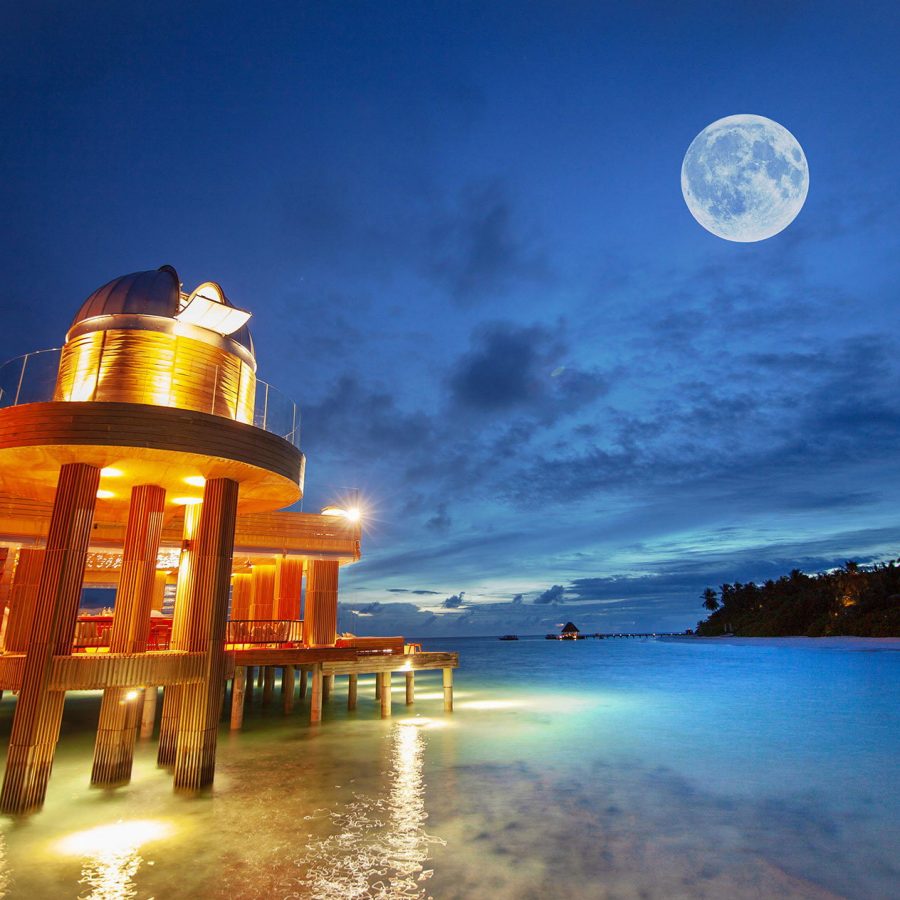
Credit: Anantara Kihavah Maldives Villas Resort
Where to stay:
In 2018, Anantara Kihavah Maldives Villas Resort introduced its Sky verwater cocktail bar and observatory, complete with a powerful research-grade 40-centimetres Meade LX200 telescope and astro-inspired cocktails (the Buzz, after the famed moonwalker; the Hitchhiker; and Circle of the Sun to name a few). For the 50th anniversary of the moon landing on 20 July 2019, the hotel is throwing an ‘Eagle Has Landed’ fête, which includes a late night/early morning breakfast with the on-staff astronomer.
Yaeyama Islands, Japan
Stargazing in Asia is often confounded by light pollution from its mega cities. But far from the bright lights of Tokyo, in the southernmost stretch of Okinawa prefecture, is Yaeyama archipelago, you’ll find Iriomote-Ishigaki National Park , Japan’s first International Dark Sky Park. To achieve that 2018 designation, the municipalities pledged to comply with strict light remittance regulations. Those changes also benefit the abundant wildlife: dolphins, loggerhead turtles, whale sharks, Ryukyu scops-owls and wild cats. Culturally distinct from the rest of Japan, Yaeyama islanders have been more aligned with Polynesians who have navigated by stars for millennia; their folklore, for instance, centres on celestial objects. For visitors, Hateruma Island has a Starry Sky Observatory Tower with a 200-millimetre refracting telescope installed and offers views of the Southern Cross from late April through mid-June.
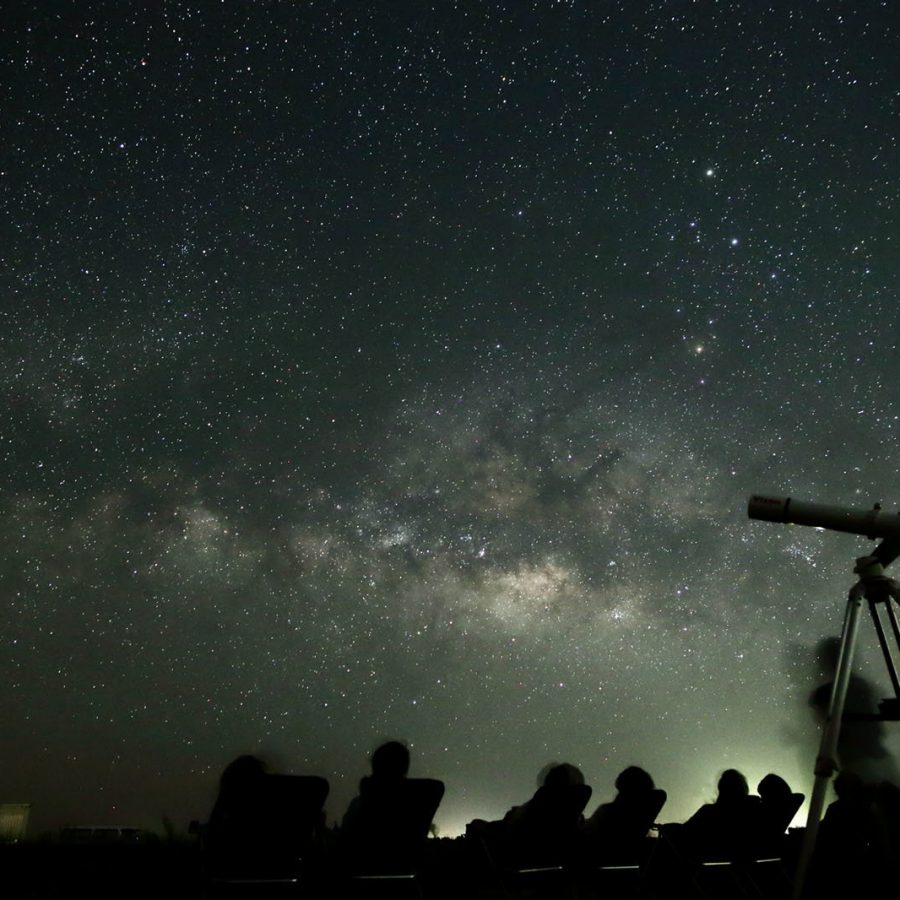
Credit: Hoshizora Tourism Ltd
Where to stay:
It’s a 15-minute express boat ride from Ishigaki to Taketomi, where Kaiji Beach is known for hoshizuna, star-shaped grains of sand believed to the children of stars eaten by sea serpents – but actually exoskeleton remains of marine protozoa. Continue on to Hoshinoya Taketomi , where you can try the Tinnu floating experience: a guide whirls you around the sunken pool with your gaze fixed to the sky, distorting your sense of depth and making it feel as if you’ve been catapulted into space. Also on offer are deep breathing full moon exercises, seaside nighttime picnics and spa treatments under the Seven Sisters and other glittering constellations.
Luang Prabang, Laos
Laos recently started a joint Mekong Astronomy programme with Thailand to educate budding local astronomers and help identify planets like Mercury, Venus, Mars, Jupiter and Saturn, all visible without equipment. The night sky is so fundamental to Laotian culture that the moon turns up on its flag and informs religious holidays. April’s Boun Pi Mai, Laotian New Year, is marked by the Buddhist zodiac’s passing from Pisces to Aries and water-throwing ceremonies. Khao Phansa, a Theravada Buddhist festival, starts during the full moon in July and culminates at Awk Phansa, when locals gather under a full October moon to release small banana-leaf boats decorated with candles, incense and small flowers. Hmong beliefs state that spirits reside in the sky, and a shaman can climb a ladder to the heavens on his magical horse and contact them. Golden stars still are placed on the rooves of many tombs, temples and Satsana Phi spirit houses.
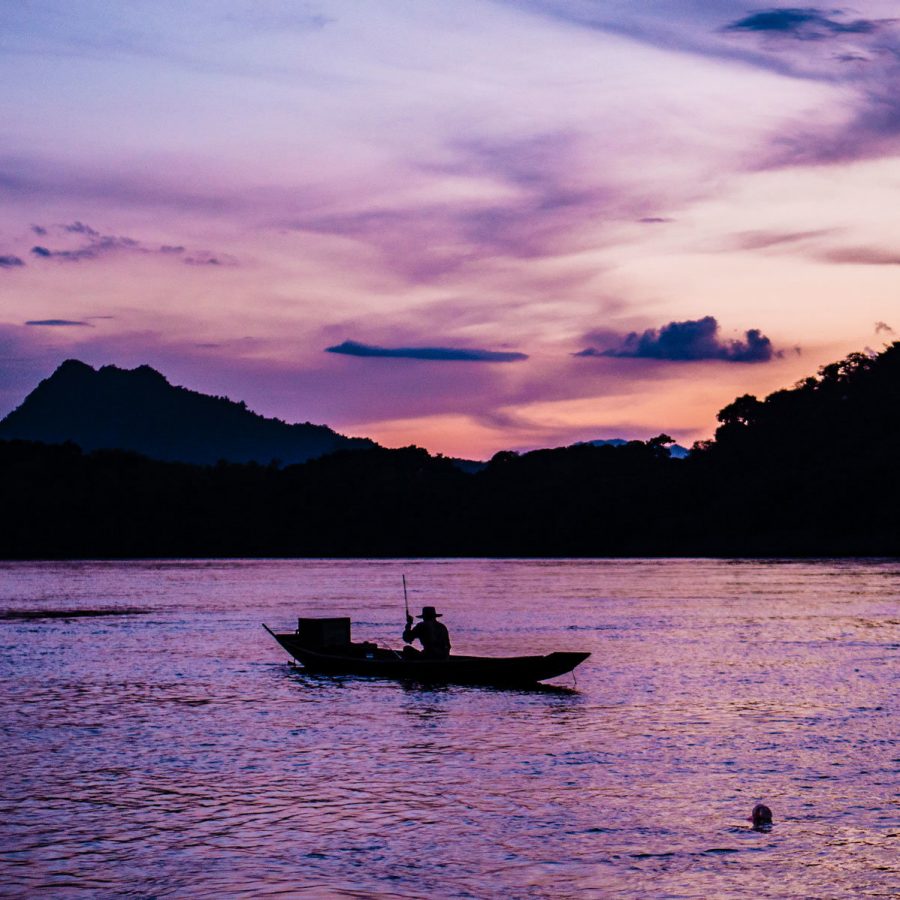
Credit: istock photo
Where to stay:
Luang Prabang’s Amantaka , a tranquil French colonial property, has a vintage wooden boat for Mekong sunset cruises and can arrange stargazing hikes with monks who lead you across the inky river – ideally timed to shooting star events like December 2019’s Geminid meteor showers. Amantaka can also arrange full moon meditation sessions, Buddhist astrology readings and excursions to the sacred Pak Ou caves.
Central Bhutan
Thanks to its lack of nightglow and high Himalayan altitude, Bhutan is one of the best places for stargazing in Asia. The sky is sacred here, especially during the namgang (new moon). For locals, these are highly superstitious times devoted to deities, and temples atop mountain passes in all 20 dzongkhag (districts) swell with worshippers and astronomers alike. The capital city of Thimphu is home to the 16th century Pangri Zampa monastery and its College of Bhutanese Astrology. To the east, the ancient capital, Punakha, is adorned with bright mandalas and paintings of Buddhist zodiac. It’s accessed by a road from Thimphu that climbs up to the Tibetan refugee village of Hongtso before topping off at the 3,116-metre-high Dochula Pass where the clacking crank of prayer wheels and airy twinkling bells linger in the cold air – not a bad place to telescope distant planets like Uranus and Neptune.

Credit: Argus Photo
Where to stay:
In central Bhutan, the Sherab Dema Farmhouse Homestay , has its own traditional hot stone bath strewn with artemisia plants and heated with fired river stones. Staying here is an opportunity to interact with locals and hear about the celestial influence on Bhutanese culture. Alternatively, Remote Lands can arrange stargazing hikes and overnight treks in luxury tents with plush cots, high-powered telescopes, a private chef and local guides specialised in astro-Buddhist legends.
Koh Kood, Thailand
Three hundred kilometres east of Bangkok and a stone’s throw from the Cambodian border is Koh Kood, an island of mossy rainforests, languid fishing villages and open-air massage parlours lined up along beaches and lagoons. A small population and remote location helps keep tourism here sustainable – a bonus for nebulae nerds and astro-geeks in search of dark skies. More constellations are visible closer to the equator, and Koh Kood’s favourable latitudinal position promises fantastic viewing opportunities. Indeed, it’s the best place to be for new moons like the Super Black Moon (a second new moon in one month) on 30 August 2019, when many constellations will be especially vibrant.
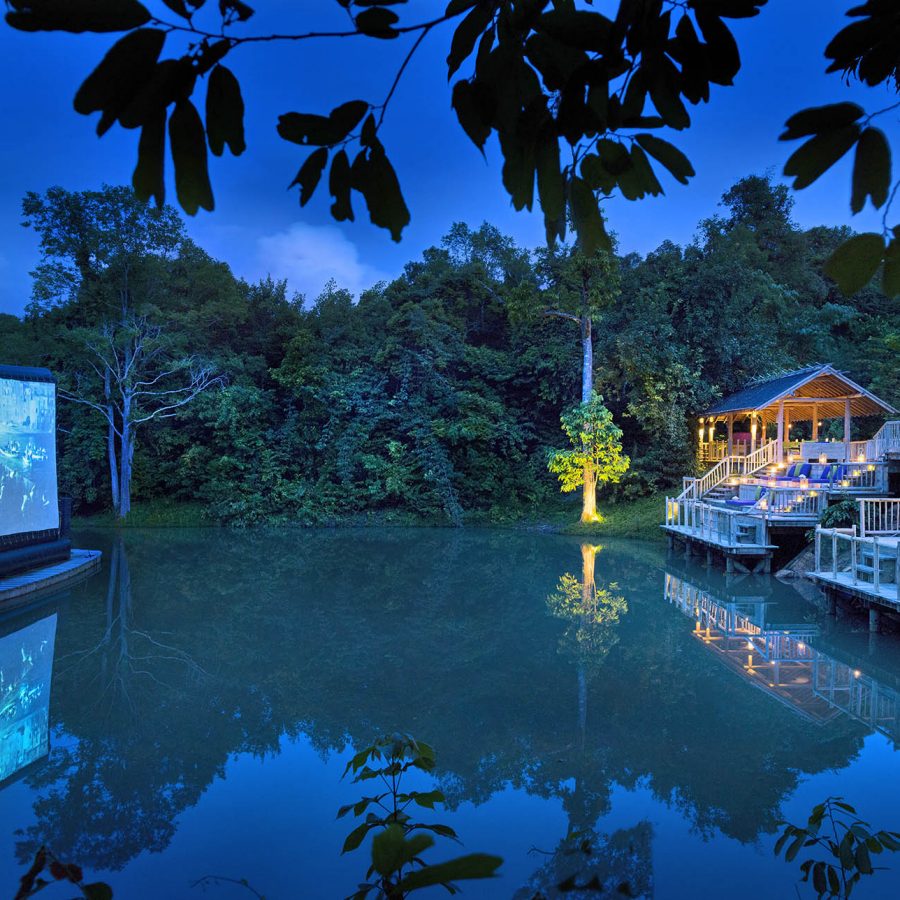
Credit: Paul Raeside
Where to stay:
Soneva Kiri has its own observatory with a telescope, a database of more than 40,000 celestial sights and an astronomer who helps guests count the moons of Jupiter; witness the halo of Saturn’s rings; and differentiate between Hellenic constellations and Chinese constellations like Azure Dragon and White Tiger. Guests can attend beach bonfire moonrise parties, stargaze while watching movies alfresco, or spy meteor showers while dining in a bamboo pod up in the canopy of Koh Kood’s ancient rainforest. In 2012, Buzz Aldrin visited to share his experiences and astronomy experts have lectured since. For those on a budget, design-minded Bann Makok guesthouse provides sea kayaks for DIY stargazers who want solo time in the lagoon or in the open ocean, a 15-minute paddle away.
Yeongyang, South Korea
The mountainous Yeongyang region’s firefly park – a five-hour drive southeast from Seoul – was designated Asia’s first International Dark Sky Park in 2015. Visitors can spot meteors and the Milky Way with their own eyes, while on-site telescopes help identify the moon’s craters and blinking planets hundreds of light years away. The park organises campfire storytelling sessions about the constellations, and a hiking program called Running Towards the Stars will launch in late 2019 along with moonlit tours of Andong Dam. Apart from the star-studded sky, expect to see the twinkling of fireflies. The local firefly population, which typically peaks on August evenings, has soared thanks to a ban on agricultural pesticides, better forest management and community partnerships that limit light pollution.
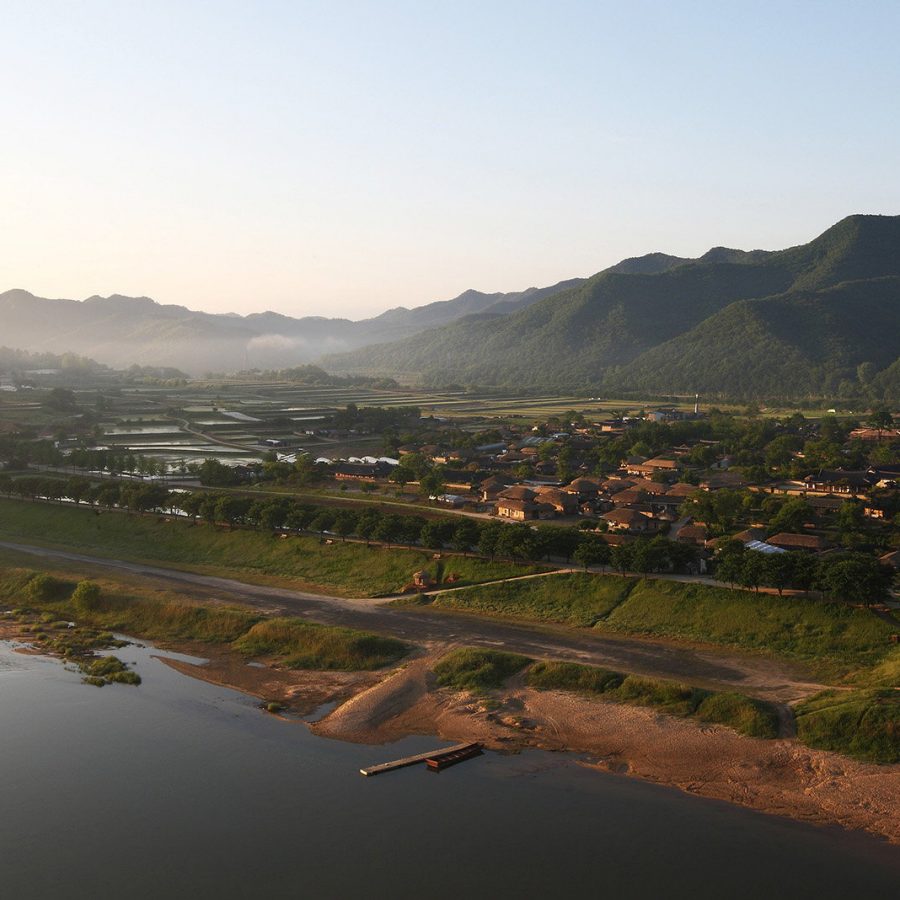
Credit: Seong Joon Cho/UNESCO
Where to stay:
Thirty minutes away is the lotus-shaped Hahoe Hanok Village . Here you can learn how stargazing in Asia once informed all areas of life, as the Unesco-inscribed village is famous for its thatched homes organised according to pungsu, an astronomically derived system of building. The restored Bukchondaek , a tile-roofed noble house built in 1811, has heated floors, sliding mulberry bark screen doors and verandas where you can linger in awe of the night sky alongside a sacred 300-year-old pine tree.
Iya Valley, Japan
Nicknamed the Shangri-La of Japan, the mystical Iya Valley’s steep forests and snakelike turquoise rivers crossed by vine rope bridges are blanketed by pristine night skies. There are even riverside onsen (hot springs) with moon viewing platforms, well-suited to observing meteor showers. Also in Tokushima prefecture is Tsukimigaoka Seaside Park – known for centuries as a prime tsukimi spot for watching the moon emerge from the Seto Inland Sea – and the Tokushima Observatory. Perhaps most thrilling is the Shooting Star Challenge by Japanese start-up Ale, which launched a microsatellite that will create the world’s first artificial meteor shower, aiming to fill the Seto Inland Sea’s skies in spring 2020, a taste of the high-tech theatrics we can expect from Tokyo’s 2020 Olympics.
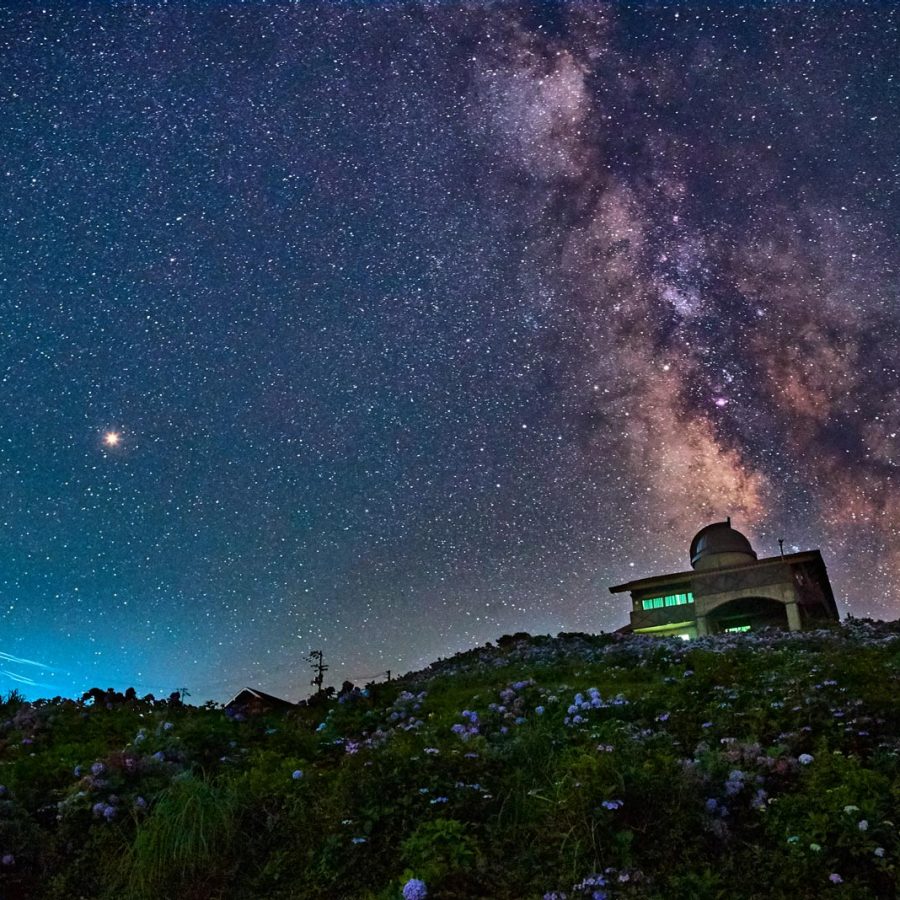
Credit: Getty Images
Where to stay:
Togenkyou-Iya ’s thatched minka farmhouses have been restored with tatami mat rooms, mid-century furniture, WiFi, irori fire pits and high-tech electronic Toto toilets. They’re located along remote mountain roadsides that deliver stunning views of the mist-shrouded valley in the morning and, by night, Iya’s wondrously charcoal black skies. From the grounds, you can see Alpha Centauri, the closest star to Earth; Fomalhaut and its ring of dust; and Antares, the bright red supergiant. If you’re lucky, you might catch a glimpse of V762 Cas, the farthest star from Earth visible with the naked eye, in the Cassiopeia constellation.
Hero image credit: Hirofumi Inaba/Hoshino Resort
- China – the Chinese Mainland, Hong Kong SAR, Macao SAR and Taiwan Region
- Hong Kong SAR - English
- Chinese Mainland (China) - English
- Taiwan, China - English
- 香港特別行政區 - 繁體中文
- 中国內地 - 简体中文
- 中國台灣 - 繁體中文
- Africa
- South Africa - English
- Asia
- Bangladesh - English
- Korea - English
- Singapore - English
- Cambodia - English
- 한국 - 한국어
- Sri Lanka - English
- India - English
- Malaysia - English
- Thailand - English
- Indonesia - English
- Maldives - English
- ประเทศไทย - ภาษาไทย
- Indonesia - Bahasa Indonesia
- Myanmar - English
- Vietnam - English
- Japan - English
- Nepal - English
- Việt Nam - tiếng Việt
- 日本 - 日本語
- Philippines - English
- Australasia
- Australia - English
- New Zealand - English
